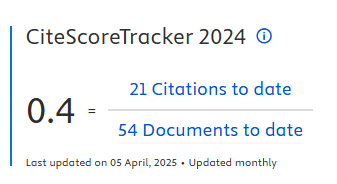Legal Model of Brazilian Science and Technology Parks
DOI:
https://doi.org/10.5585/iji.v6i1.64Keywords:
Innovation Habitats, Parks, Legal Model, Management, SustainabilityAbstract
The aim of this study is to analyze the legal model of Brazilian Science and Technology Parks and point out the benefits and weaknesses resulting from their legal feature which can affect their management model. The research analyzed 30 parks which operate in Brazil. In five of them, it was not possible to identify their legal model. The results showed that most parks have their legal system as Foundation (36.67%) and as Association (26.67%) configuration. Besides, 13.33% of the analyzed parks are managed by the Government. Five parks have a social organization status, as follows: Botucatu Technology Park, São José dos Campos Technology Park, Porto Digital, Sergipe Technology Park and Paraíba Technology Park. Two parks work as joint capital companies (Sapiens Park of Florianópolis and Tecnoparque of Curitiba). The study also showed that the social organizations do not follow the public system and therefore do not need to conduct bids. However, such organizations do not have some benefits such as immunity and exemption from taxes, like the foundations do.
Downloads
Downloads
Published
How to Cite
Issue
Section
License
Copyright (c) 2017 Clarissa Stefani Teixeira, Gabriel Sant'Ana Palma Santos, Rafael Pereira Ocampo Moré

This work is licensed under a Creative Commons Attribution-NonCommercial-NoDerivatives 4.0 International License.
- Abstract 370
- PDF (Português (Brasil)) 174











